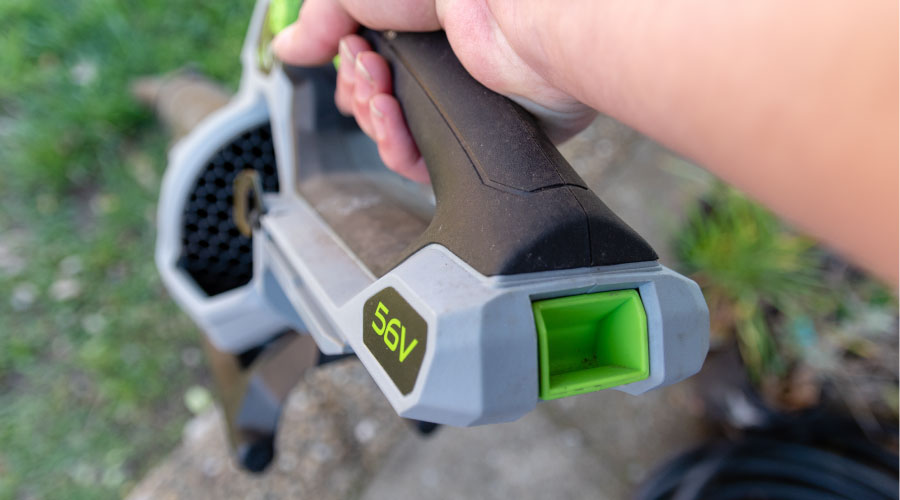Light-Construction Equipment Poses Buy or Rent Questions
Maintenance and grounds managers looking to improve the appearance, maintainability and sustainability of their exterior landscape and turf areas often undertake renovations to achieve these goals. These projects can require a major commitment of time and resources, including the need to either buy or rent light-construction equipment, such as compact track loaders, skid-steer loaders, and backhoe-loaders.
To deliver cost-effective, successful renovations of landscapes using such equipment, managers need to determine project needs, understand features and functions for each piece of equipment, and make financially smart equipment decisions.
Grounds Crew Needs
Construction equipment that is the appropriate type, size and capacity can turn labor-intensive, time-consuming landscape projects into more easily manageable work. But the equipment needs to help managers work within tight budgets.
Specific equipment needs depend on the tasks at hand. Removing debris and grass clippings from turf areas during the growing season requires rotary mowers and gang mowers with mulching blades and baggers. Controlling pests and applying fertilizers requires spreaders. Pruning and shaping evergreens, ground cover, trees and shrubs requires electric or gas-powered clippers and trimmers. Trimming turf adjacent to borders and sidewalks requires edgers. Leaf and branch removal require power saws, blowers, vacuums, chippers, and mulchers to prepare the material for recycling around flower, plant and tree beds.
Crews also need dozers, motor graders and dump trucks to handle turf, dirt, rock and gravel and perform grading operations. Tillers and aerators prepare soil for seeding or laying sod, which is a quick way to produce a professional look for large turf spaces without waiting for seeds to germinate. Laying sod is also a good way to start turf on sloping areas without the risk of washout.
Snow removal from sidewalks, driveways and parking lots requires a variety of equipment, some of which departments can store on the property for the winter season. Examples of the snow-removal equipment that crews might need, depending on the size of the property, include: trucks with 9-foot plows; skid-steer loaders or track loaders with 1-yard buckets; rubber-tire loaders with 3-yard buckets; snow throwers; salt trucks with attachments for spreading and plowing; push plows with 10-, 12-, and 16-foot blades; and 1- and 4-yard snow buckets.
Related Topics:














